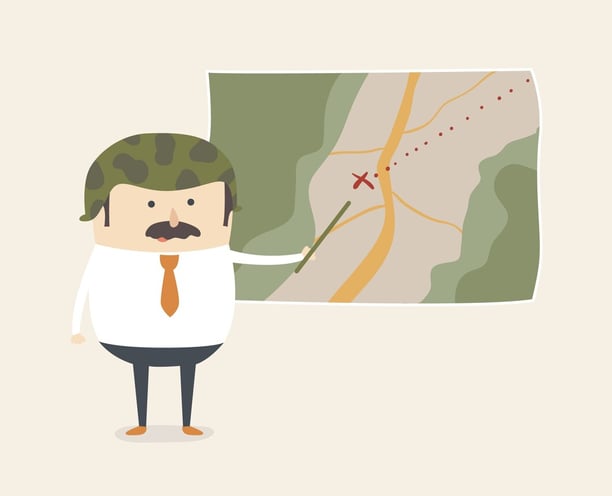Stay Low and Move Smartly
Movement during conflict can expose you to significant risks. In conflict situations, movement—whether to seek safety, supplies, or information—can be extremely dangerous. Understanding the risks associated with movement during these times can help you make informed decisions, reduce exposure to threats, and improve your chances of survival. Awareness, planning, and caution are key factors in ensuring that you and your loved ones stay as safe as possible.
SURVIVAL GUIDE
11/20/20242 min read
Stay Low and Move Smartly
Movement during conflict can expose you to significant risks. In conflict situations, movement—whether to seek safety, supplies, or information—can be extremely dangerous.
Understanding the risks associated with movement during these times can help you make informed decisions, reduce exposure to threats, and improve your chances of survival. Awareness, planning, and caution are key factors in ensuring that you and your loved ones stay as safe as possible.


Timing
Move during low-visibility times, such as pre-dawn hours. In conflict or survival scenarios, traveling during low-visibility periods—especially pre-dawn hours—can significantly reduce the risk of detection and enhance safety.
This strategy leverages natural conditions to minimize exposure to threats, whether from hostile individuals, surveillance, or environmental hazards. Here's a detailed explanation of why and how to move during these times.
Stealth
Avoid bright clothing or making noise. Stick to shadows and natural cover like walls or vegetation. Staying hidden and minimizing your visibility is critical for survival in conflict or dangerous situations.
Avoiding bright clothing, reducing noise, and using natural or structural cover helps you blend into your surroundings, making it harder for hostile forces or others to spot you. Below is a detailed explanation of this strategy:
Minimize Travel
Stay indoors unless relocation is absolutely necessary. In a war or conflict situation, staying indoors can significantly reduce your exposure to external threats, such as violence, surveillance, or environmental dangers.
While the instinct to flee or seek supplies might be strong, remaining in a secure shelter offers safety and stability unless relocation is essential for survival. Here's a detailed explanation of why staying indoors is crucial, along with strategies for making the most of your shelter.
Checkpoint Awareness
Be cautious of checkpoints. Be polite, comply with instructions, and avoid confrontations. Checkpoints are common in conflict zones or areas under strict control. They can be manned by military forces, police, or even unofficial groups.
How you handle interactions at checkpoints can significantly affect your safety. The key is to remain calm, polite, and cooperative to avoid drawing unnecessary attention or escalating tensions.






